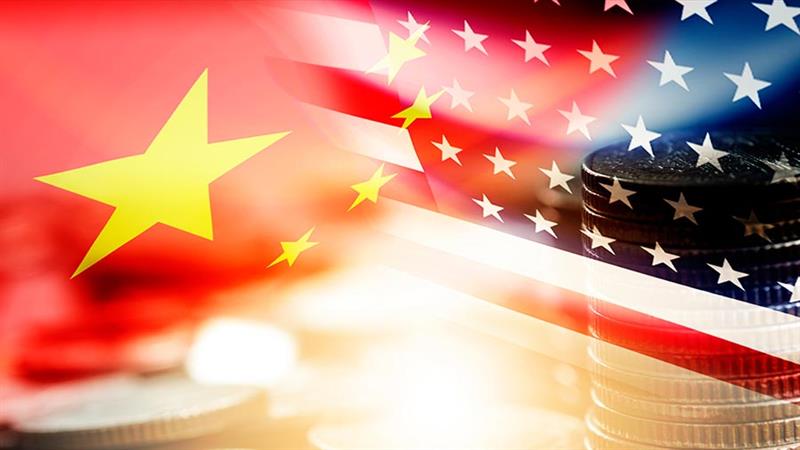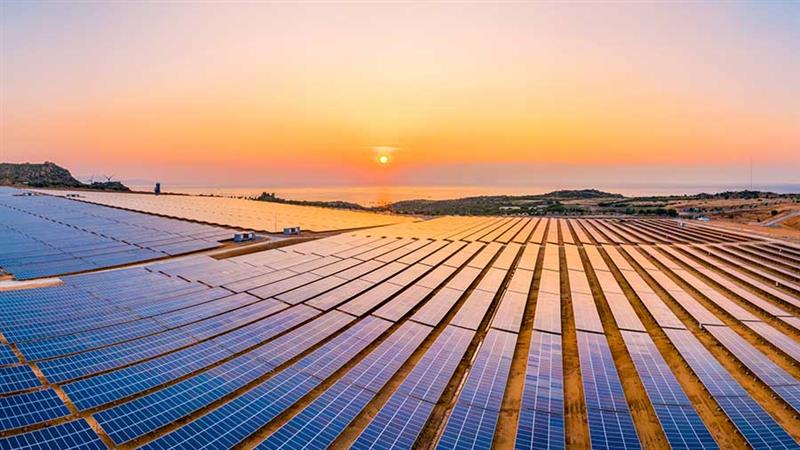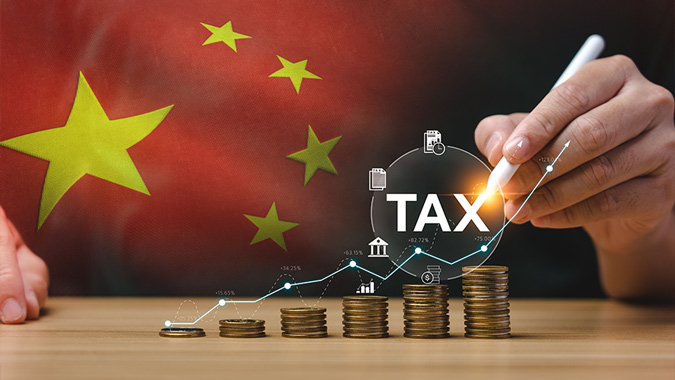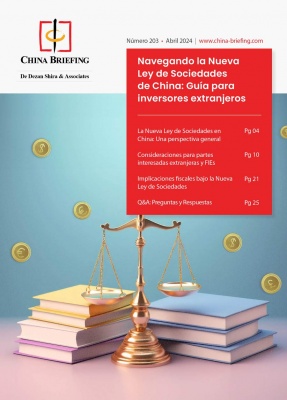WTO Orders China to Remove Export Restrictions on Industrial Minerals
Will rare earths be next?
By Vivian Ni
Feb. 1 – Following two years of investigation, the World Trade Organization’s (WTO’s) Appellate Body ruled on Monday that China’s use of export duties and quotas on nine types of industrial materials has breached free trade rules. The ruling could affect the organization’s judging of other similar cases where export restrictions are used to hoard domestic natural resources.
The case, filed in 2009 by the United States, the European Union (EU) and Mexico, accused China of imposing trade barriers to the exports of nine minerals: bauxite, zinc, yellow phosphorus, coke, fluorspar, magnesium, manganese, silicon carbide and silicon metal, all of which are widely applied in industrial production.
The plaintiffs argued that China’s export restrictions have led to the higher prices of those raw materials, putting a wide range of industries in their countries at a disadvantage.
As the world’s leading producer of most of the above-mentioned minerals, China’s quota policy on these resources contributes to the global supply-demand gap, and its export taxation is influential on international prices of these main industrial raw materials. The country reported the world’s largest production of zinc and fluorspar at the end of 2010, and proved to be the second largest producer of bauxite in 2008.
Currently, China imposes export tariffs at various rates on the nine types of minerals. Coal coke and semi coke – mainly used in iron production and as a fuel – is subject to a comparatively high temporary export duty of 40 percent in 2012, according to China’s 2012 Tariff Implementation Plan. Yellow phosphorus – mostly applied in the production of weapons and phosphoric acids – is subject to an export tariff of 20 percent.
The world’s second-largest economy had previously emphasized the need to restrain the exports of some unrecoverable natural resources due to environmental considerations. The trade barriers – which in return put domestic demand as a priority – have attracted many foreign companies to set up factories in China to access such resources at a lower cost. From the perspectives of the United States, the EU and Mexico, such investment migrations were “forced” and should become a good reason for the WTO to bar the restrictive measures China sets.
James Bacchus, a former chairman and longtime member of the Appellate Body, expected China to abide by the WTO ruling, as the country still maintains a heavy reliance on exports and has kept a strong record of adhering to adverse WTO decisions.
Just as Bacchus predicted, the Chinese Ministry of Commerce showed a cooperative attitude, saying in a statement on Tuesday that it would “conduct a scientific management of resource products in line with WTO rules, to realize sustainable development.”
Western countries called the WTO ruling a “big win,” as it could set a precedent for them to challenge China’s export restrictions on other crucial resources, such as rare earths – a category of 17 elements that are used in a wide range of high-tech products, including solar panels, wind turbines and mobile phones.
China produces over 97 percent of the world’s rare earth supply, but has been tightening rare earth exports since 2009. On September 1, 2009, the government announced plans to reduce its export quota to 35,000 tons per year between 2010 and 2015, and the cap in 2011 was practically set at 30,184 tons. In addition, during 2011, the allowance of production was limited to 93,800 tons, and production at three major rare earth mines was halted.
Rare earths were not included in this trade dispute case that has just been finalized, and there are no official reasons for that. Some experts believe rare earths were not controversial back in mid-2009 as they were relatively cheap and there are still large reserves in some Western countries.
However, just two months after the filing of the trade case, rare earth prices grew sharply as a result of China’s restrictive measures.
The EU – which buys from China over EUR1 billion worth of the nine industrial minerals cited in the case every year – has hoped their victory will convince Beijing to loosen its policy on rare earth sales.
“China now must comply by removing these export restrictions swiftly and furthermore, I expect China to bring its overall export regime – including for rare earths – in line with WTO rules,” said the EU trade commissioner Karel De Gucht.
China’s policy stance on rare earths is vital to Western high-end manufacturers, as they are becoming more dependent on Chinese exports. Getting new mining projects into production in Western countries will take time, and some mines (such as the mine at Mountain Pass in California) have significantly reduced production in recent years as a result of China’s cost advantages during the extracting, separating and refining of rare earths.
In defense of its rare earth quotas, China has cited a legal exception under the WTO’s predecessor, the General Agreement on Tariffs and Trade. The exception allows countries to levy export duties and restrict exports for the purpose of conserving a scarce natural resource or protecting the environment. However, the Appellate Body confirmed this time that the exception had been superseded by China’s agreement with the WTO in 2001 to dismantle virtually all export restrictions.
In fact, economic watchers have questioned whether or not environmental concern is the main motivation for China’s rare earth policy. After all, the export quotas are only applied to the rare earth metals, not products made from those metals.
Echoing this point, an article published on the “Economist” in 2010 made the following comments: “(China) slashing their exports of rare-earth metals has little to do with dwindling supplies or environmental concerns. It is all about moving Chinese manufacturers up the supply chain, so they can sell valuable finished goods to the world rather than lowly raw materials.”
Related Reading
U.S. to Investigate Wind Tower Imports from China, Vietnam
China Clarifies Tariff Implementation in 2012
U.S. Car Exporters Get Hit by China’s New Tariffs
U.S. Pushes Trade Issues at APEC Summit, China Pushes Back
China to Impose Anti-dumping Duties on US and EU Caprolactam Imports
- Previous Article China 1992, India 2012
- Next Article Relax. South China Exports and Manufacturers are Doing Just Fine
























